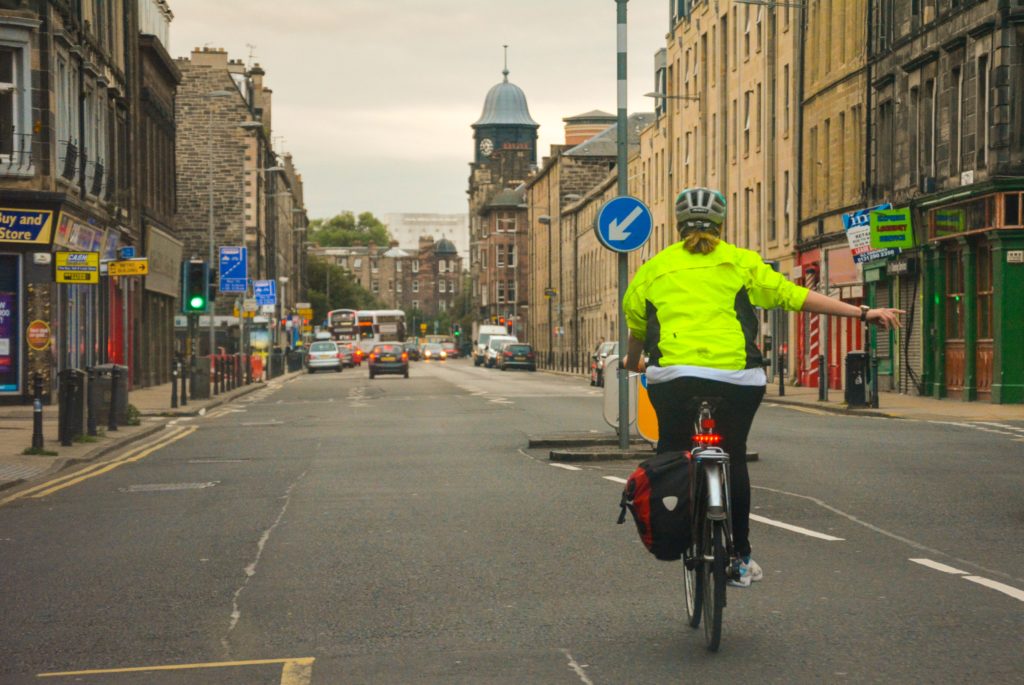Physical activity is an important part of a healthy life. Participation in sports, games and exercise is a fun way to improve the quality of our lives – physically, mentally and emotionally. This does not change because you have haemophilia. In fact, physical activity may be even more important to someone with haemophilia since it helps to develop strong bones and muscles that protect the joints from the traumas of daily living. It is vital that anyone with haemophilia discuss plans for physical activity with their doctor, who is familiar with their individual situation. Only they can properly advise and recommend appropriate physical activities.
Preparation
Anyone who plans to participate in sport or to take up a new sport, should prepare thoroughly in order to maximise their chances for success. This is no different for a person with haemophilia. Depending on the severity of the condition, a physical examination may be a good idea. Evaluating a person’s joint flexibility, ligament stability, muscular strength, and overall health will give the doctor or physiotherapist a better sense of what activities it would be appropriate to recommend.
Overall conditioning, which includes muscle strengthening and stretching exercises, should always be part of the exercise routine for the active person. Exercises that are more closely related to a specific sport will help to target those muscle groups that need to be strengthened in order to minimise injuries.
It is very important that someone with haemophilia participating in sport realises that bleeding episodes may occur. If there is a suspicion that bleeding had started, either spontaneously or as a result of an injury, it must be reported and treated quickly. Numerous bleeds occurring as a result of a sport may mean the end of participation or the doctor may decide that prophylactic infusion of factor concentrate beforehand is an acceptable alternative.
Warming Up/Stretching/Cooling Down
Guidelines for warming up and stretching before, cooling down after and taking part in sport are the same for everybody. Most people don’t take the time to do these things properly and as a result, injuries often happen. This is a serious consideration for a person with haemophilia, since injury prevention is imperative.
Warming Up
Warming up the muscles for an activity usually consists of performing the activity at a much lower level of intensity for a period of at least 5 to 10 minutes. This targets the specific muscles to be used.
Stretching
Following the warm up, you should stretch for at least 5 to 10 minutes, using whole body stretching as well as concentrating on the major muscle groups you will be using; shoulders and back for swimming; calf, quadriceps and hamstrings for running and so on. Hold each stretch for at least 20 seconds and don’t bounce. For specific sports-related stretching exercises, see your doctor or physiotherapist.
Cooling Down
Cool down the muscle after sport in much the same manner as you warmed them up – by doing the activity at a greatly reduced level of intensity for a period of at least 5 to 10 minutes. You should then repeat the stretches as before.
What Happens if a Bleed Occurs?
Bleeds that occur as the result of a sports injury must be stopped with an infusion of factor concentrate, along with the application of “R.I.C.E.” – Rest, Ice, Compression and Elevation. Minor bleeds that can be resolved with a single infusion usually do not require much recuperation or rehabilitation. However, more serious bleeds can leave joints and muscles feeling stiff and sore for long periods. In these cases, flexibility and strength need to be slowly rebuilt before the sport is resumed. Serious bleeds that require multiple infusions should be evaluated by your doctor before clearance to resume the activity can be given.
Get Moving
Most medical experts agree that people with haemophilia should be encouraged to get fit and join in activities appropriate for their age and medical condition. Because each person will respond in a unique way, the information presented here must be viewed only as general guidelines applicable to people with haemophilia. Some activates suggested here might be inappropriate for some individuals. Decisions regarding the participation of a person with haemophilia in a sport, and the level of that participation should be made in consultation with the doctor at the haemophilia centre.
BE PHYSICALLY ACTIVE FOR AT LEAST 30 MINUTES EACH DAY
Physical activity doesn\’t mean having to join a gym. You could take up a dance class, walk to the shops instead of taking the bus, or tackle the garden, all of which will be keeping your muscles toned and your joints supple. Even if you are not able to be active when standing up, there are lots of seated exercises you can do – you can try chair-based exercises. Don’t forget local centres and organisations offer a range of activities like walking clubs, swimming, aqua aerobics or dancing.
Most people with haemophilia will have joint damage, pain and /or poor balance. If you have difficulty with mobility you should discuss exercise options with the haemophilia centre or physiotherapist. You begin with easy, range-of-motion exercises and low-impact aerobics to improve your joint strength and fitness and then you can build from there. It may useful to talk to the haemophilia centre about going onto prophylaxis for a short period when you are starting new activities.
Click here to read our \’Sport, Exercise & Haemophilia\’ publication, written by Paul McLaughlin, who works as a Clinical Specialist Physiotherapist in Haemophilia at the Katharine Dormandy Haemophilia Centre at Royal Free Hospital in London.
